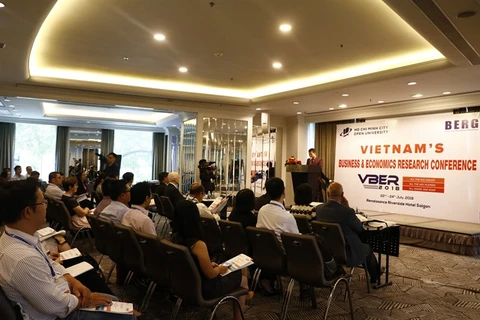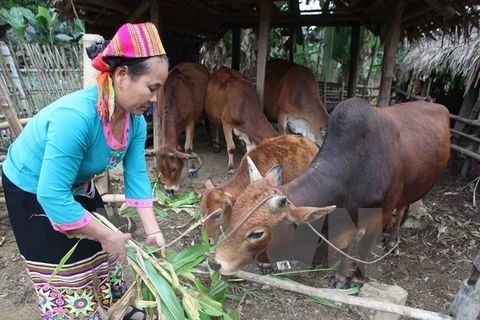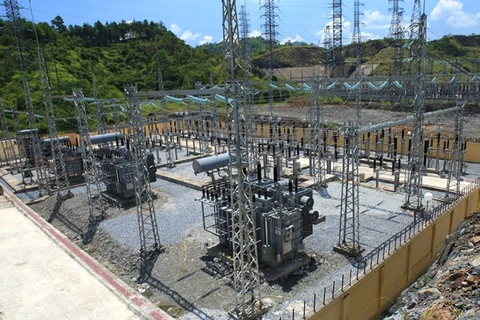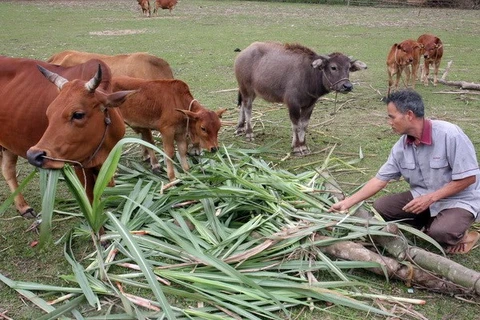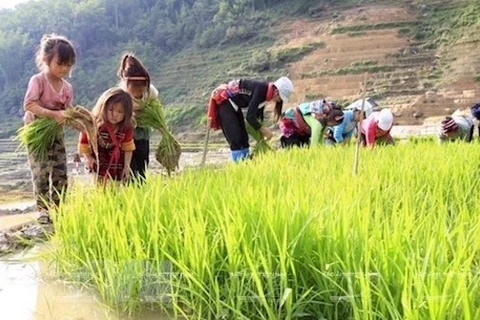HCM City (VNS/VNA) - Ho Chi Minh City aims to reduce the number of poor households by 0.8 percent next year and raise the average income per capita of these households by 3.5 times by 2020 compared to 2011.
The Ministry of Labour, Invalids, and Social Affairs’ website for sustainable poverty reduction says the number of households near the poverty line is expected to fall by 1 percent in 2019.
The city will continue its multidimensional approach to poverty instead of the single-dimensional measurement method between 2019 and 2020.
A multidimensional approach means that it is now only based on people’s income but also on underprivileged people’s access to the necessities of life such as healthcare, education, employment, living conditions and information.
This approach has been used in the city since 2016 to help achieve sustainable poverty reduction and access to basic social services by the poor.
The city has chosen to become the first locality to carry out the multidimensional approach to poverty and will share experiences about the implementation.
For the income dimension of poverty, the city in 2019 will raise the poverty line to 28 million VND (1,203 USD) per capita per year from 21 million VND.
By 2019, a near-poor household will have an income of more than 28 million VND to 36 million VND each year.
For those at the poverty and near-poverty line, the city is expected to have nearly 100,000 households, accounting for nearly 5 percent of the city’s total in 2019, according to the latest report from the HCM City People’s Committee.
As of the beginning of the year, the city had 21,863 poor households with 21 million VND per capita each year and 36,545 near-poor with an income under 28 million VND.
At the ninth session of the HCM City People’s Council held in July, Le Minh Tan, head of the Department of Labour, Invalids and Social Affairs, said the city’s districts of 3, 5, 6 and Phu Nhuan no longer had households under the poverty line of 12 million VND.
HCM was the country’s first locality to initiate a programme on poverty reduction, which started in 1992.
Since that time, the city had increased the poverty line eight times, Tan said.
The current national poverty line of 10.8 million VND will end by 2020.
To reach poverty reduction targets in 2019-2020, the city will carry out many programmes on vocational training, building and upgrading houses, voluntary social and health insurance, and exemption and reduction of tuition fees and others.
According to the city’s Sustainable Poverty Steering Board, poor households need help developing their finances, and the best way is to provide vocational training.
Truong Van Luong, chief of the board’s secretariat, told Sai Gon Giai Phong (Liberated Sài Gòn) newspaper that the city had been encouraging poor people to attend training courses.
If they have professional skills, but no certificate for such skills, local authorities would organise contests to test these skills and provide them with certificates, Luong said.
The certificates could help them get a higher salary, he added.
The city’s Department of Labour, Invalids and Social Affairs’ report shows that in 2016 the city had more than 67,000 poor households and more than 48,000 near-poor households.
Family members of more than 53,000 of these households lacked vocational training. However, the figure has fallen 21,000, thanks to the department’s efforts in providing vocational training.
In 2016, members of 12,000 households were unemployed, which has now fallen to only 1.200.
The Vietnam Fatherland Front in HCM City has also worked with employment service centres and vocational training schools to provide courses to poor and near-poor people in the city for the last two years, bringing benefits to more than 45,000 people.
However, many of these courses were short-term and provided low-level skills which are not sustainable.
Nguyen Tan Dat, Deputy Director of the non-profit Capital Aid for Employment of the Poor Microfinance Institution under the city Federation of Labour, said that his institution had provided loans to the poor and near-poor to study at a higher level to improve their skills.-VNS/VNA
VNA

